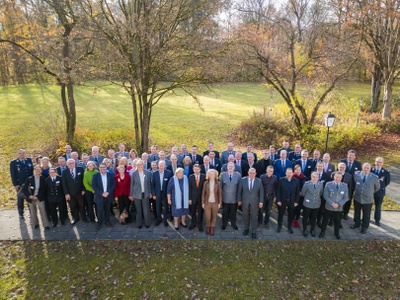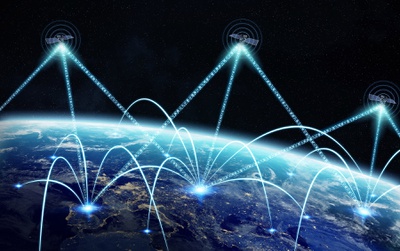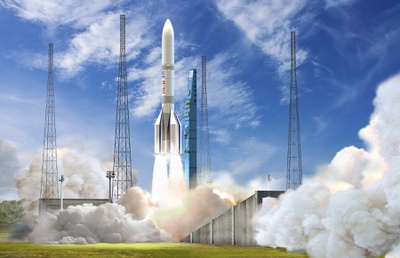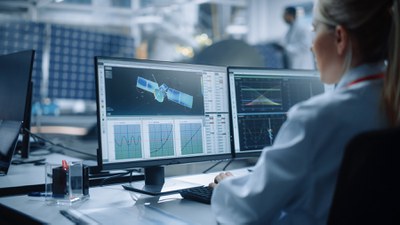
New Database for Highly Precise positioning with smartphones
17 June 2020
The latest generation of smartphones are able to receive dual-frequency navigation signals from Galileo and modernized GPS systems. The navigation lab of the SPACE research center is developing methods for calibrating the sensor technology in smartphones so that highly precise positioning can be achieved with new algorithms.
Author: Himanshu Sharma
Highly precise positioning with a smartphone means determining an absolute, centimeter-accurate position within a global coordinate system as well as the alignment of the smartphone. This is a game changer for many applications, for example for geographical information systems (3D city models), persistent outdoor augmented reality applications, e-sports, low-cost drone control systems, and other autonomous systems.
The necessary sensor systems, including a dual-frequency GNSS receiver and an inertial measurement unit, are integrated into smartphones. These sensor systems, however, are subject to a number of influences due to size limitations and mode of use (handheld devices). GNSS antennae, for example, also receive satellite signals that are reflected by the ground, and inertial measurement units are as flat as possible (< 1 mm) and thus asymmetric in all three axes.
We examined this issue in detail in the recently completed RAMBO project (RTK measuring on mobile phones, DLR FKZ: 50 NA1720) and obtained encouraging results. Android support was necessary for the study. Most measurements were carried out using Xiaomi Mi8 devices.
A database with sensor parameters and measurement data was created during the project. This database helps other research groups to understand our results and to use them for further developments.
For more information on the project, visit https://www.unibw.de/lrt9/lrt-9.2/forschung/rambo. For access to the database, visit https://www.unibw.de/lrt9/lrt-9.2/forschung/databank
Lead image: Localization of a GNSS antenna center between three smartphones (Xiaomi Mi8) via GNSS at the geodetic measuring unit near building 62 on campus






